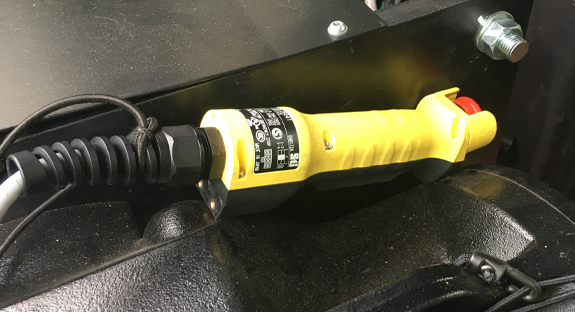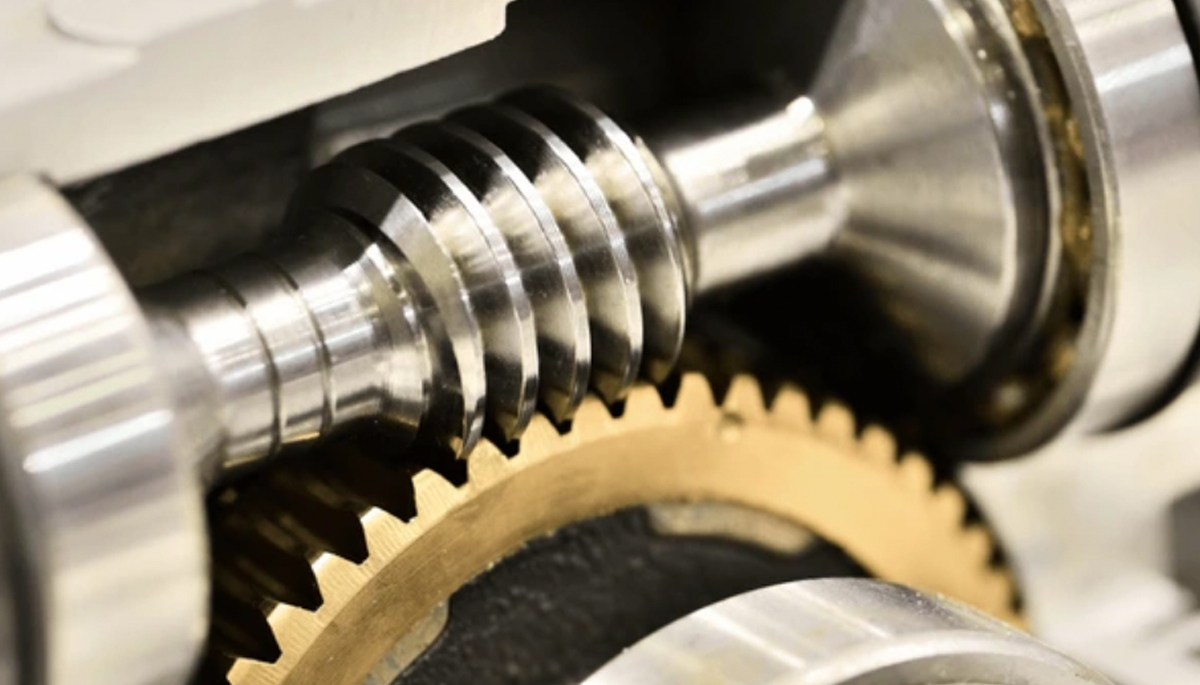Have you ever thought of what the terms crushing and impact mean when you assess the risks of an installation within the entertainment industry? In the English language, both words have at least two or more meanings (depending on how the word is used) when you look them up. For example, according to the Merriam Webster dictionary, crushing can mean “to squeeze or force by pressure”, “to hug”, “to overwhelm”, “to subdue” or even “a crowd of people”. The amount of variation in the meanings is somewhat similar for impact as well.1 The Cambridge Dictionary defines impact in two ways: “the force or action of one object hitting another” and “the powerful effect that something…has on a situation or person”.2
However, both terms are applied to risks related to machineries and structures used in the entertainment industry. Therefore, crushing and impact have particular meanings and are used in relation to the risk estimation of allocated hazards. The use of these terms is more exact, and the way they are used is more derived from the established standards and norms in the industry that have provided a framework for many to go by.
Two of the documents that help shape how crushing and impact are used are the international standard EN ISO 12100:2010 and Machinery Directive 2006/42/EC. Both documents illustrate how crushing and impact are closely connected to hazards in regard to machinery, its use and the risks that people may be exposed to. Crushing and impact are used to identify machinery risks (hazards) and their consequences according to the guidelines set out in EN ISO 12100:2010.
Are there similarities?
The words crushing and impact seem closely related in terms of how two objects or elements come into contact with one another. Yet, despite this, the definitions of the two words differ depending on the situation and the related consequences in regard to the machinery risks.
Crushing
For crushing, it implies that someone or something is trapped between two elements and where one of the elements is moving.
Impact
For impact, it seems closely associated with crushing, but the consequences and situation in which an impact occurs are different from someone being crushed.
Impact is defined as a moving object hitting a person or another object that is in a freestanding space and whom does not become trapped.
What do crushing and impact mean in the entertainment industry?
Let’s have a look at both crushing and impact and see how their basic dictionary definitions and the guidelines established from EN ISO 12100:2010 and mandatory requirements from MD 2006/42/EC have defined how they’re used in the entertainment industry.
Crushing
Dictionary Definitions
If we look at the definition of crushing in the Collins, Oxford, Merriam-Webster and Macmillan dictionaries (that could be used by entertainment industry), crushing can be defined by the following:3
- to press, mash, or squeeze so as to injure, break, crease, etc.
- to break or grind into small pieces4
- to press two opposing forces so as to break or injure; put out of shape or condition by pressure; squeeze together, crumple5
- to squeeze or force by pressure so as to alter or destroy a structure6
- to hit or press something hard that you damage it severely or destroy it, especially by making its shape flatter7
- With an object: to deform, pulverise, force inwards by compressing forcefully
Synonym: squeeze8
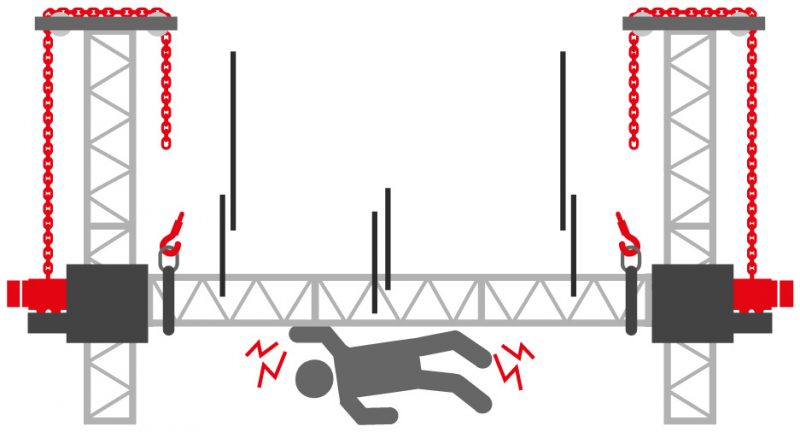
Figure 1: An example of a crushing consequence in the event industry.
EN ISO 12100:2010: Crushing
As previously stated, in regard to crushing as a consequence of a machinery hazard,9 the term means that there is a risk of someone becoming trapped between two elements or objects: one which is stationary or fixed and the other which is moving. This can include when a moving object or element applies great force or pressure against a person or strikes that person which then causes them to become trapped between the moving object and the fixed element.
According to EN ISO 12100:2010, this can happen with the following:
- Approach of a moving element to a fixed part – when a moving object approaches a fixed part and a person is in between both objects and becomes trapped and squeezed by them causing injury, loss of limb and/or death.10
- Falling Objects – objects can fall on top of a person and trap them between the ground and the fallen object causing injury, loss of limb and/or death.11
- Gravity/Stability – a heavy load that is carried over a person’s head, falls on top of them or a moving element traps the person against a fixed element while applying force or pressure that squeezes the person or their body part(s) causing injury, loss of limb and/or death.12
EN ISO 12100:2010 categorises crushing as a potential consequence a person might experience as a result of a hazard (risk). The standard breaks down the hazard (risk) into an origin and a consequence.13
This methodology is similar to a cause and effect relationship where the origin is the cause and the consequence is potential hazardous effect.
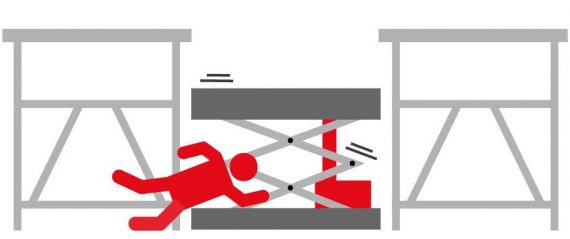
Figure 2: An example of a crushing consequence in the event industry.
MD 2006/42/EC: Crushing
Crushing is used in the same manner in MD 2006/42/EC as in EN 12100:2010. However, the Machinery Directive, doesn’t provide a detailed explanation of how crushing should be defined in regard to a hazard, but does imply that the term is a consequence in its text.
The Machinery Directive mentions certain hazards such as the lack of restraints for seating when being transported by machinery, risk due to contact with a moving carrier, movement from pedestrian-controlled machinery and remote-controlled machinery, and lists crushing as a consequence for each.14
Nonetheless, the Guide to application of the Machinery Directive 2006/42/EC: Edition 2.1, goes into further detail and gives a very good explanation of how crushing is related to a hazard and what makes it a consequence.
The guide calls crushing a “potential injury” and states that hazards can be “identified by their physical origin…or by the nature of the potential injury… (for example, cutting hazard, crushing hazard…)”.15 It also uses crushing as an example for potential consequences in relation to risks and states that “risks may be characterised by reference to the hazard or hazardous situation concerned…; risks may also be characterised by reference to their possible consequences (such as, for example, a crushing risk…)”.16
Impact
Dictionary Definitions
We’ve found some basic definitions for impact (that can be used in the entertainment industry) in the Oxford, Cambridge, Merriam-Webster and Collins dictionaries. In the following, impact can be defined as:17
- a collision (synonym)18
- to hit another object19
- the action of one object coming forcibly into contact with another20
- the force with which one thing hits another or with which two things hit each other21
- to press together
- to strike forcefully or also to cause to strike forcefully22
- the act of one body, object, etc., striking another; collision23
- contact between two things, at least one of which is impelled toward the other
- an impinging or striking especially of one body against another
- violent contact between two or more things
- collision (a synonym for impact) implies the coming together of two or more things with such force that both or all are damaged, or their progress is severely impeded.24
- the action of one object hitting another, or the force with which one object hits another
- to drive or press (an object) firmly into (another object, thing, etc.) or (of two objects) to be driven together or pressed firmly together
- to hit with force25
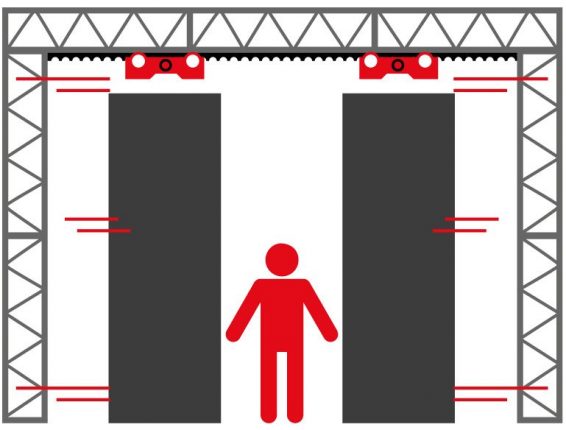
Figure 3: An example of an impact consequence in the event industry.
EN ISO 12100:2010: Impact
As previously discussed, and in regard to hazards, an impact is a collision or action of a moving object or element that makes it forcefully strike, bump, knock, slam or violently come into contact with a person in a freestanding space. The person once hit is not trapped but the force of the collision can cause them to suffer injury, loss of limb and/or death.
Like crushing, EN ISO 12100:2010 categorises impact as a consequence of a hazard and calls it a “potential consequence” that can be caused by Mechanical Hazards: acceleration, deceleration, angular parts, approach of a moving element to a fixed part…falling objects, gravity, height from ground, high pressure…moving elements, rotating elements, rough slippery surface, etc.26
EN ISO 12100:2010 also breaks down the hazards associated with impact and follows the same structure of an origin and consequence.27 Therefore, the origin is the cause and the consequence is the effect.
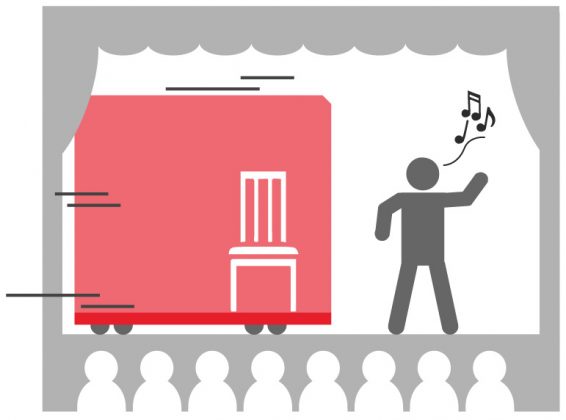
Figure 4: An example of an impact consequence in the event industry.
MD 2006/42/EC: Impact
Machinery Directive 2006/42/EC and its supplementary guide give a good explanation of how impact is defined and see it as a hazard consequence of hazards like: moving parts, vibrations, signs, signals and warnings (for remote-controlled machinery), mechanical strength, etc. It also discusses how each of these hazards can lead to the consequence of an impact, and even though it does not call them origins, but does use similar reasoning to EN ISO 12100:2010.28
It basically defines impact as a collision where a moving object hits another object but does not trap it. A good example of this is the movement of remote-controlled machinery and the possible collisions (impact) that can occur between it and people in its travel path if the machinery does not have a means to “signal its movements”, and let people know where its travelling to in order to avoid impact. Another example is the “forward and backward movement on a single axis where the area to the rear of the machine is not directly visible to the driver”, which could lead to the machine hitting people in its travel path.29
The “Moving Parts” chapter in the Guide to application of the Machinery Directive 2006/42/EC: Edition 2.1, also explains what one of the primary causes of accidents with machinery is in relation to impact. It states, «contact with moving parts of machinery can cause injury» which can result from «impact, abrasion, cutting or severing, shearing…». 30 The moving parts hazard is important because of this and can lead to the risk of other hazards appearing and causing a domino effect that can lead to impact and other consequences. Other dangers for impact can come from moving parts, gaps giving access to moving parts, blockages, uncontrolled movements in relation to lack of signs or markings, vibrations, etc.31
Overall, EN ISO 12100:2010 and MD 2006/42/EC use the terms crushing and impact in the same manner when identifying hazards and their risks.
Conclusion
CRUSHING can be defined as a consequence of a hazard where a moving element approaches a fixed part with a person in its travel path and traps, breaks, presses, hits or squeezes them and/or their body part(s) causing severe irreversible injuries, including death.
IMPACT can be defined as a consequence of a hazard where a moving object hits, collides, comes into contact with a person that is in a freestanding space and whom does not become trapped.
It depends on the nature of the hazard and it can cause slight, reversible or irreversible injuries, including death.
.
.
References
1. «Crush» in Merriam-Webster.com, accessed August 22, 2019, https://www.merriam-webster.com/dictionary/crush.
2. «Impact» in Dictionary.Cambridge.org, accessed August 22, 2019, https://dictionary.cambridge.org/dictionary/english/impact.
3. Some general examples of these definitions in use are:
Unfortunately, some of the boxes got crushed when we moved them.
The balloon was squeezed so hard that it popped.
His leg was crushed in an accident.
The machine crushes the cans so they can be recycled.
4. See footnote 1.
5. «Crush» in CollinsDictionary.com, accessed August 22, 2019, https://www.collinsdictionary.com/dictionary/english/crush.
6. See footnote 1.
7. «Crush» in MacmillanDictionary.com, accessed August 22, 2019, https://www.macmillandictionary.com/dictionary/british/crush_1.
8. «Crush» in Oxford Lexico Dictionary (Lexico.com) – accessed August 22, 2019, https://www.lexico.com/en/definition/crush.
9. EN ISO 12100:2010 – Chapter 3.6 Hazard – Note 2 – in reference to «crushing as a consequence of an unintended/unexpected start-up…».
10. EN ISO 12100:2010 – Annex B: Chapter B.2 Example of hazards – in reference to example «crushing due to moving elements», Table B.1 – Example of hazards – in reference to «approach of a moving element to a fixed part», Table B.2 – in reference to » approach of a moving element to a fixed part».
11. EN ISO 12100:2010 – Table B.1 – Example of hazards – in reference to «Mechanical hazards – falling objects», Table B.2 – in reference to «Origin – falling objects».
12. EN ISO 12100:2010 – Table B.1 – Example of hazards – in reference to «Mechanical hazards – gravity», Table B.2 – in reference to «Origin – gravity, stability» and «Origin – gravity (bulk material solidified).
13. For example:
Origin: approach of a moving element to a fixed part | Consequence: crushing
Origin: moving elements | Consequence: crushing
Origin: falling objects | Consequence: crushing
Origin: gravity, stability | Consequence: crushing
14. MD 2006/42/EC – Chapter 3.2.2 Seating – in reference to lack of restraints for seating and that «seats must be designed with a restraint system», Chapter 3.3.4 Movement of pedestrian-controlled machinery, Chapter 3.6.1 Signs, signals and warnings – in reference to «remote-controlled machinery», Chapter 4.1.2.8.3 Risks due to contact with the moving carrier – in reference to persons who «may be crushed between the carrier and any fixed parts…».
15. Guide to application of the Machinery Directive 2006/42/EC (Edition 2.1 – July 2017) – §164 Hazard – in reference to hazards being identified «by the nature of the potential injury…».
16. Guide to application of the Machinery Directive 2006/42/EC (Edition 2.1 – July 2017) – §168 Risk – in reference to risk being characterised by their potential consequences including crushing.
17. Some general examples of these definitions in use are:
The impact of the crash destroyed the car.
The glass shattered on impact with the floor.
The force of the impact burst both tires.
18. «Synonym for Impact» in Oxford Lexico Dictionary (Lexico.com) – accessed August 22, 2019, https://www.lexico.com/en/definition/impact.
19. See footnote 2.
20. «Impact» in in Oxford Lexico Dictionary (Lexico.com) – accessed August 22, 2019, https://www.lexico.com/en/definition/impact.
21. See footnote 2.
22. «Impact» in Merriam-Webster.com, accessed August 22, 2019, https://www.merriam-webster.com/dictionary/impact.
23. «Impact» in CollinsDictionary.com, accessed August 22, 2019, https://www.collinsdictionary.com/dictionary/english/impact.
24. See footnote 22.
25. See footnote 23.
26. EN ISO 12100:2010 – Table B.1 – Mechanical Hazards, Table B.2 – Hazards: falling objects, moving elements, and approach of a moving element to a fixed part.
27. See the examples below from EN ISO 12100:2010 – Tables B.1 & B.2:
Origin: approach of a moving element to a fixed part | Consequence: impact
Origin: moving elements | Consequence: impact
Origin: falling objects | Consequence: impact
Origin: gravity, stability | Consequence: impact
28. Guide to application of the Machinery Directive 2006/42/EC (Edition 2.1 – July 2017) – §212 Moving parts, §231 Vibrations, §323 Signs, signals and warnings – in reference to a collision between remote-controlled or driverless mobile machinery and persons, §337 Mechanical Strength.
MD 2006/42/EC Chapter 1.3.7 Risks related to moving parts – in reference to an explanation from the MD Guide in section «§212 Moving parts», Chapter 1.5.9 Vibrations – in reference to an explanation from MD Guide section «§231 Vibrations», Chapter 3.6.1 Signs, signals and warnings – in reference to an explanation from MD Guide section «§323 Signs, signals and warnings», Chapter 4.1.2.3 Mechanical Strength – in reference an explanation in MD Guide «§337 Mechanical Strength».
29. MD 2006/42/EC – Chapter 3.6.1 Signs, signals and warnings.
30. Guide to application of the Machinery Directive 2006/42/EC (Edition 2.1 – July 2017) – §212 Moving parts.
31. Guide to application of the Machinery Directive 2006/42/EC (Edition 2.1 – July 2017) – §212 Moving parts, §231 Vibrations, §323 Signs, signals and warnings – in reference to a collision between remote-controlled or driverless mobile machinery and persons.


